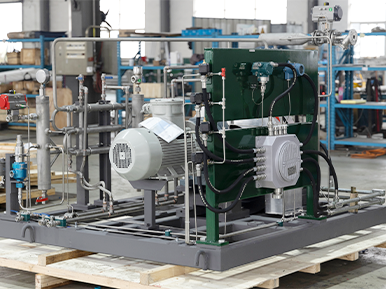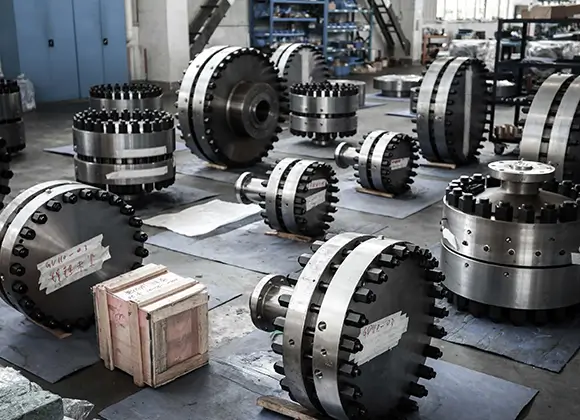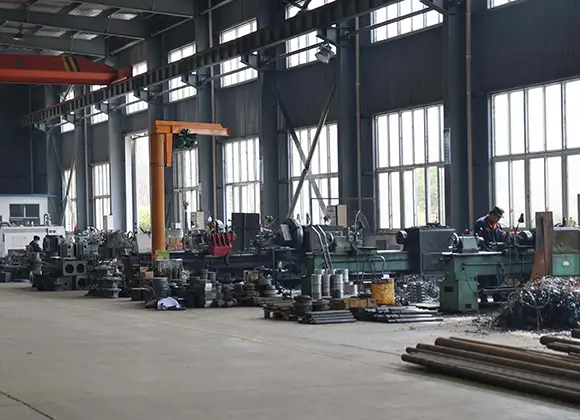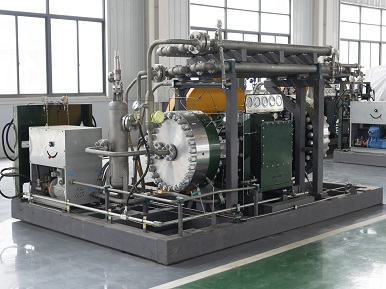

Blue hydrogen is a type of hydrogen produced from natural gas. The production process involves steam reforming and autothermal reforming. These methods generate hydrogen while capturing carbon dioxide emissions. Carbon capture, utilization, and storage (CCUS) technologies play a crucial role in this process. Blue hydrogen offers a cleaner alternative to traditional hydrogen production methods. This approach aligns with global efforts to reduce carbon emissions.
Blue hydrogen holds significant importance in the energy sector. It provides a bridge between fossil fuels and renewable energy sources. By using existing natural gas infrastructure, blue hydrogen minimizes transition costs. The energy sector benefits from reduced carbon emissions through blue hydrogen. This makes it a key player in decarbonization efforts. Blue hydrogen supports the shift towards a more sustainable energy future.
Blue hydrogen and gray hydrogen share a similar production method. Both use natural gas as a primary source. However, gray hydrogen lacks carbon capture technologies. This results in higher carbon dioxide emissions. Blue hydrogen incorporates CCUS, reducing its environmental impact. The choice between blue and gray hydrogen affects carbon footprint considerations.
Blue hydrogen and green hydrogen differ in their energy sources. Blue hydrogen relies on natural gas and CCUS. Green hydrogen uses renewable energy for production. Wind, solar, or hydroelectric power drive green hydrogen processes. Green hydrogen offers zero carbon emissions. Blue hydrogen serves as a transitional solution until green hydrogen becomes more widespread.
Steam reforming stands as the primary method for producing blue hydrogen. This process involves natural gas and steam. High temperatures and pressure facilitate the reaction. The reaction generates hydrogen and carbon dioxide. Carbon capture technologies then capture the carbon dioxide. This step is crucial for reducing emissions.
Steam reforming plays a significant role in blue hydrogen production. Most commercial hydrogen comes from this method. The process is efficient and cost-effective. The use of carbon capture technologies transforms gray hydrogen into blue hydrogen. This transformation reduces the environmental impact. Blue hydrogen production aligns with global sustainability goals.
Autothermal reforming (ATR) combines steam reforming and partial oxidation. The process uses oxygen and steam with natural gas. The reaction occurs at high temperatures. ATR produces hydrogen and carbon dioxide. Carbon capture technologies collect the carbon dioxide emissions.
ATR offers several advantages in blue hydrogen production. The process is flexible and efficient. ATR can adjust to different feedstocks. The integration of carbon capture technologies enhances sustainability. However, ATR requires complex equipment. The initial investment can be high. Despite these challenges, ATR remains a viable option for blue hydrogen production.
Carbon capture, utilization, and storage (CCUS) are vital for blue hydrogen. CCUS technologies reduce carbon emissions significantly. The process captures carbon dioxide from hydrogen production. Captured carbon dioxide is then stored or utilized. This step minimizes the environmental impact of what is blue hydrogen.
Several technologies support CCUS in blue hydrogen production. Chemical absorption is one common method. This method uses solvents to capture carbon dioxide. Physical absorption is another technique. This approach involves capturing carbon dioxide under high pressure. The captured carbon dioxide is then stored underground. These technologies ensure that what is blue hydrogen remains sustainable.
Blue hydrogen production significantly reduces carbon emissions compared to traditional methods. The process involves capturing and storing carbon dioxide, which minimizes its release into the atmosphere. This reduction in emissions makes blue hydrogen an attractive option for industries seeking to lower their carbon footprint. Companies like ExxonMobil have invested in facilities that capture over 98% of associated CO2 emissions. These efforts contribute to a cleaner environment and align with global sustainability goals.
Blue hydrogen plays a crucial role in decarbonization efforts. The integration of carbon capture technologies ensures that what is blue hydrogen remains environmentally friendly. By reducing reliance on fossil fuels, blue hydrogen supports the transition to a low-carbon economy. The use of existing natural gas infrastructure facilitates this transition, making it cost-effective. Blue hydrogen serves as a bridge between current energy sources and future renewable solutions. This contribution to decarbonization is vital for achieving long-term climate targets.
Producing blue hydrogen requires significant energy input. The process involves converting natural gas into hydrogen, which consumes a substantial amount of energy. Only 70-75% of the energy from natural gas is converted into usable hydrogen. This efficiency level presents a challenge for large-scale adoption. Despite these challenges, blue hydrogen remains a viable option due to its environmental benefits. Continuous advancements in technology aim to improve energy efficiency in production processes.
The economic considerations of blue hydrogen production are complex. Initial investments in infrastructure and technology can be high. The need for advanced equipment, such as carbon capture systems, adds to the cost. However, the long-term benefits of reduced emissions and sustainability outweigh these initial expenses. Governments and organizations recognize the potential of what is blue hydrogen in achieving energy goals. Incentives and policies support the development of blue hydrogen projects, making them more economically feasible.
Blue hydrogen plays a pivotal role in the global shift towards decarbonization. The energy sector seeks to reduce carbon emissions, and blue hydrogen offers a viable solution. By capturing and storing carbon dioxide, blue hydrogen minimizes environmental impact. The use of existing natural gas infrastructure accelerates the transition to cleaner energy. Blue hydrogen serves as a bridge between fossil fuels and renewable sources. This transitional role supports global efforts to achieve carbon neutrality.
Integration with renewable energy enhances the potential of blue hydrogen. Renewable sources like wind and solar can power hydrogen production processes. This combination reduces reliance on fossil fuels and promotes sustainability. Blue hydrogen complements green hydrogen by utilizing existing resources. The synergy between blue hydrogen and renewables strengthens the energy grid. This integration supports a more resilient and sustainable energy future.
Minnuo Group demonstrates a strong commitment to sustainability through innovation. The company invests in technologies that support what is blue hydrogen production. These investments include carbon capture and storage systems. Minnuo Group collaborates with industry leaders to advance clean energy solutions. The company's innovative approaches align with global sustainability goals. Minnuo Group sets an example for other businesses in the energy sector.
Minnuo Group prioritizes quality and sustainability in its operations. The company ensures that what is blue hydrogen production meets high standards. Minnuo Group's dedication to eco-friendly practices reflects its values. The company actively reduces its carbon footprint through strategic initiatives. Minnuo Group's commitment to sustainability inspires confidence in its products. The company's efforts contribute to a cleaner and greener future.
Blue hydrogen plays a crucial role in the energy transition. The production of blue hydrogen captures carbon emissions, making it a cleaner alternative. Companies like Minnuo Group demonstrate sustainable practices by integrating what is blue hydrogen into their operations. This commitment aligns with global efforts to reduce environmental impact. The future of blue hydrogen technology holds promise. Innovations continue to enhance the efficiency and sustainability of what is blue hydrogen. The collaboration between industry leaders accelerates the growth of what is blue hydrogen. This progress supports a cleaner and more sustainable energy future.




